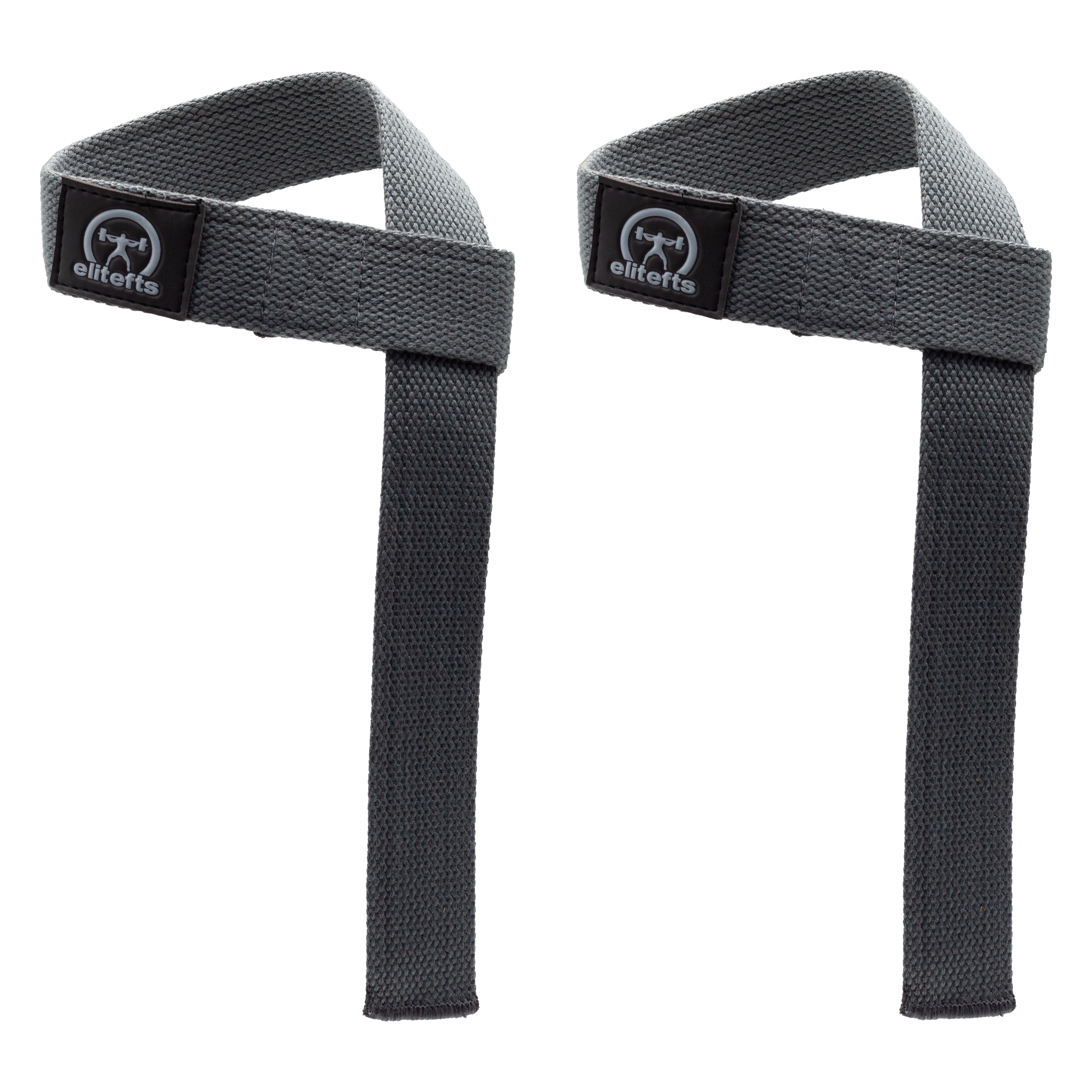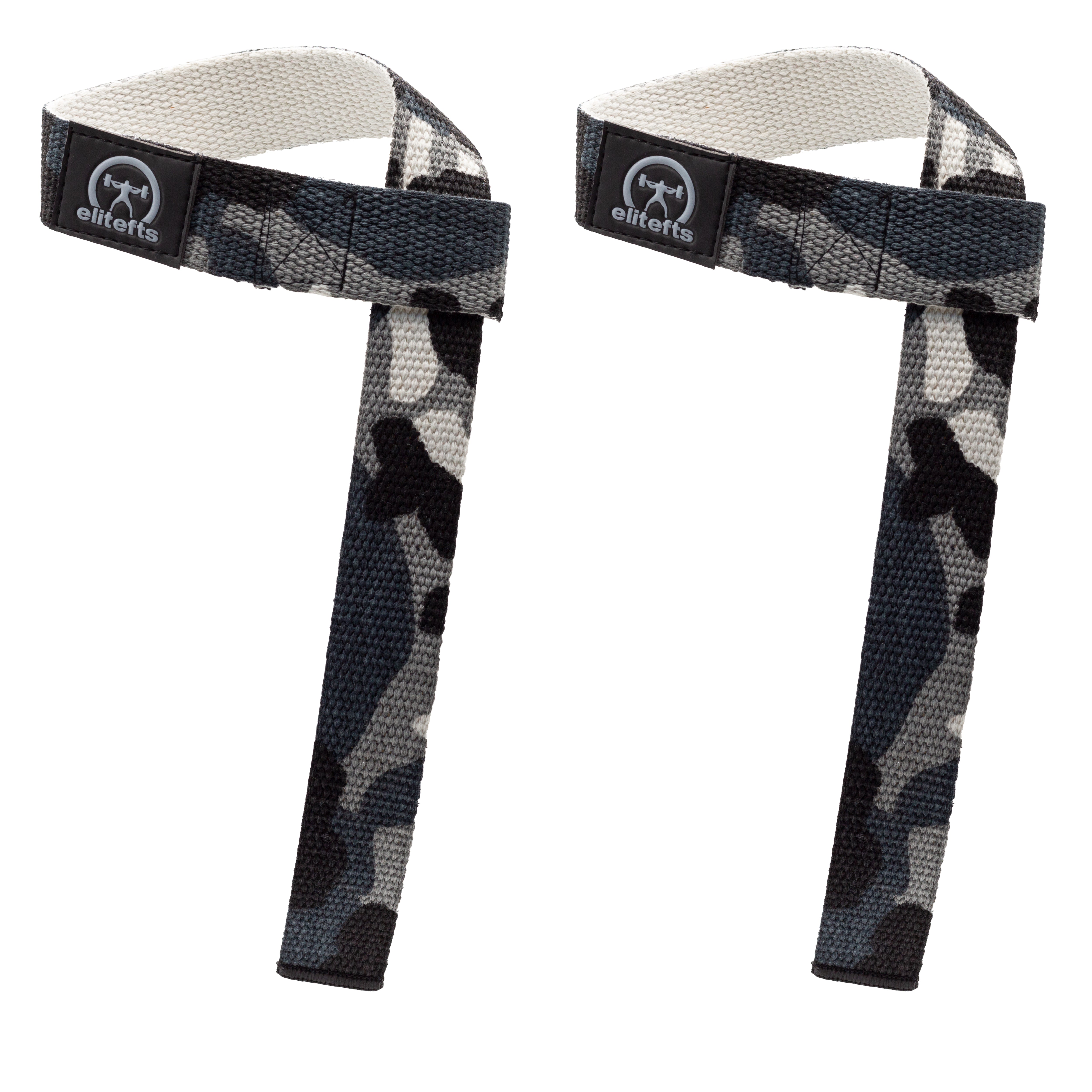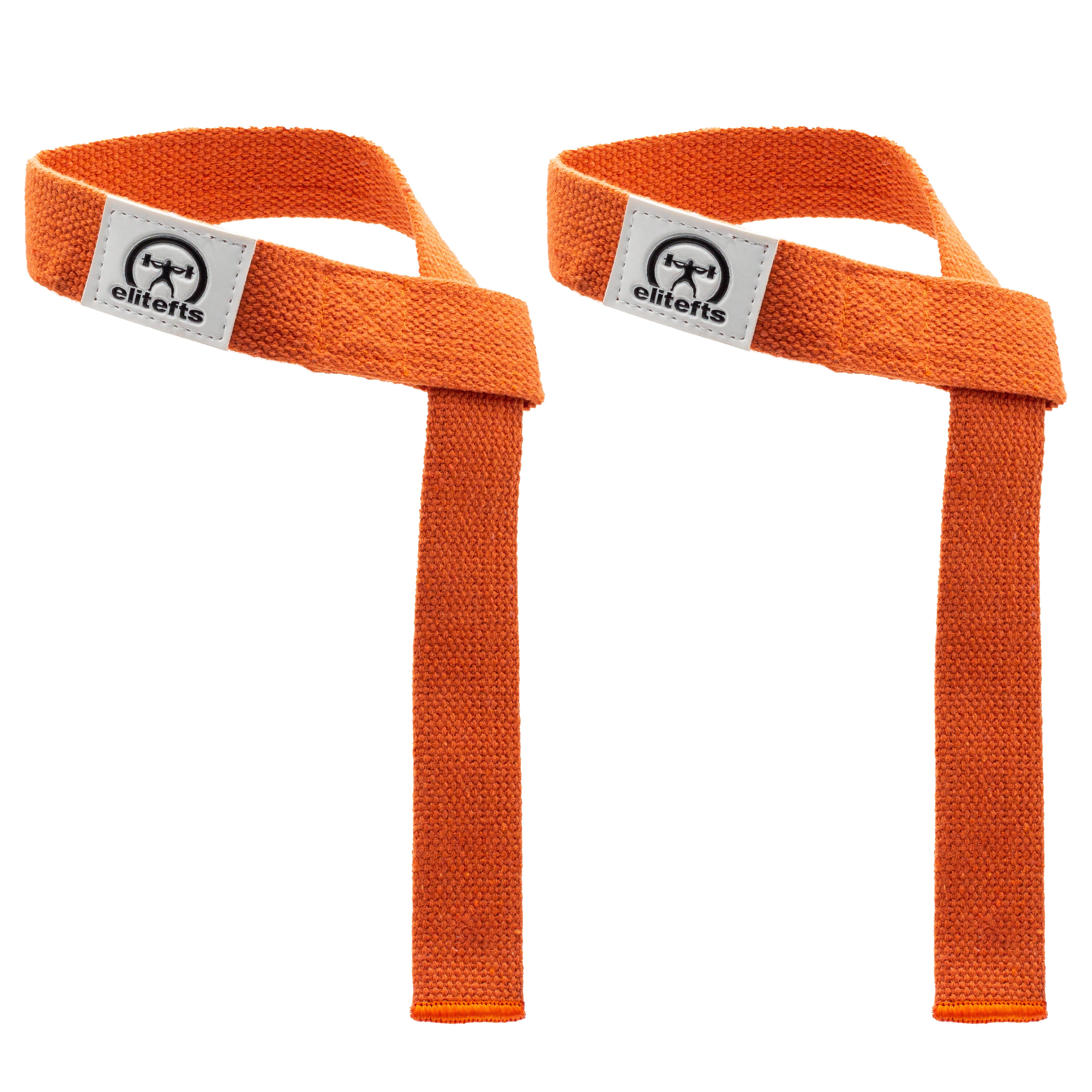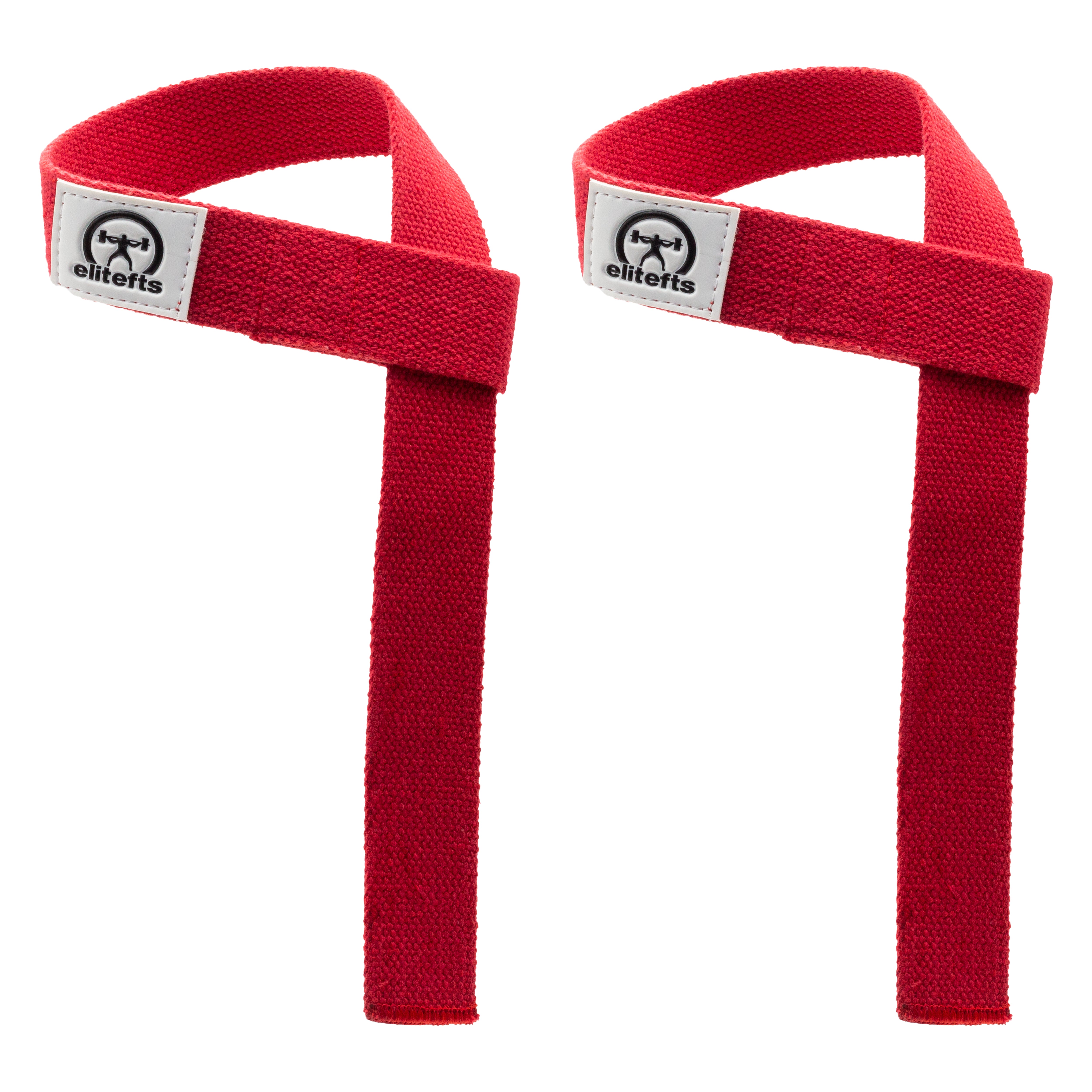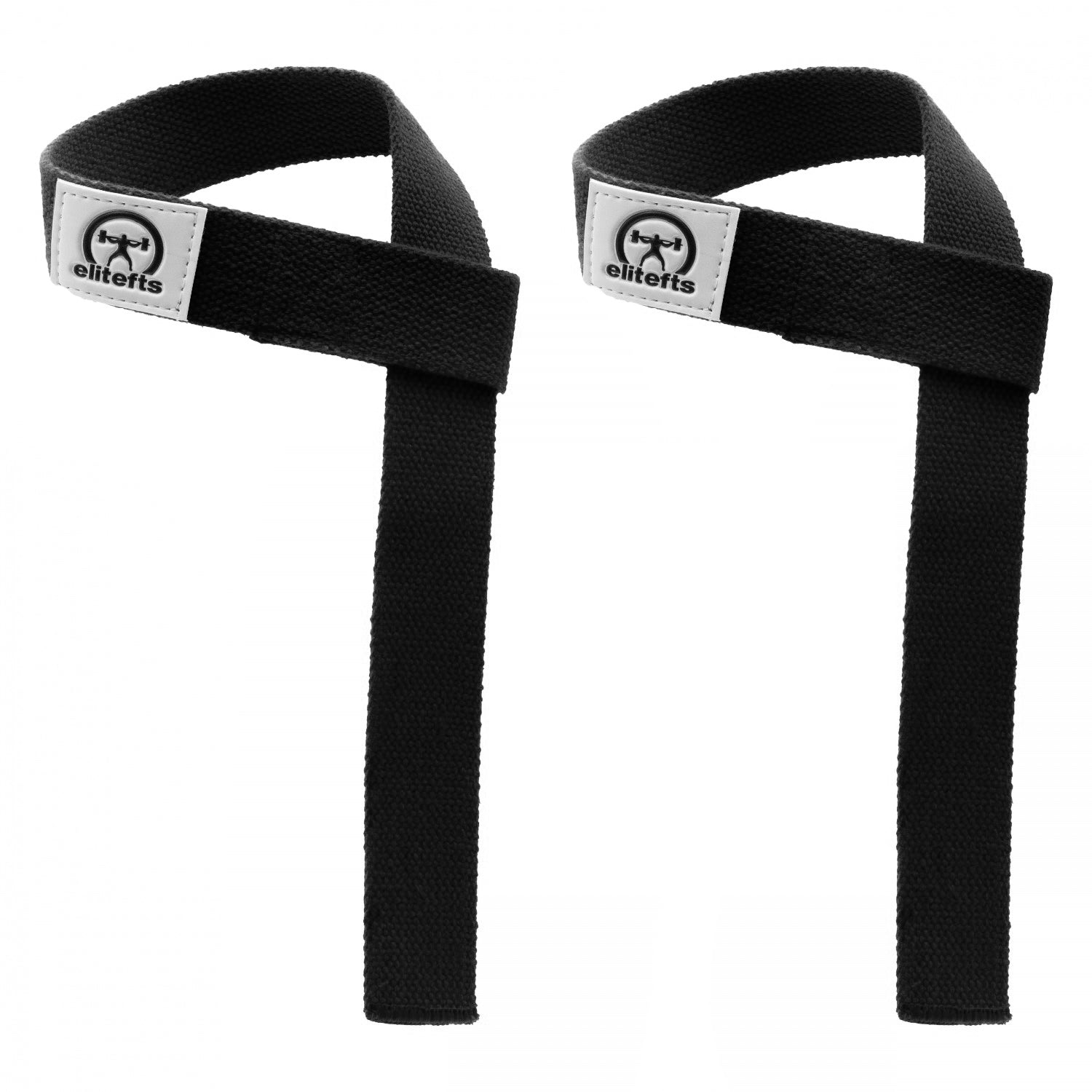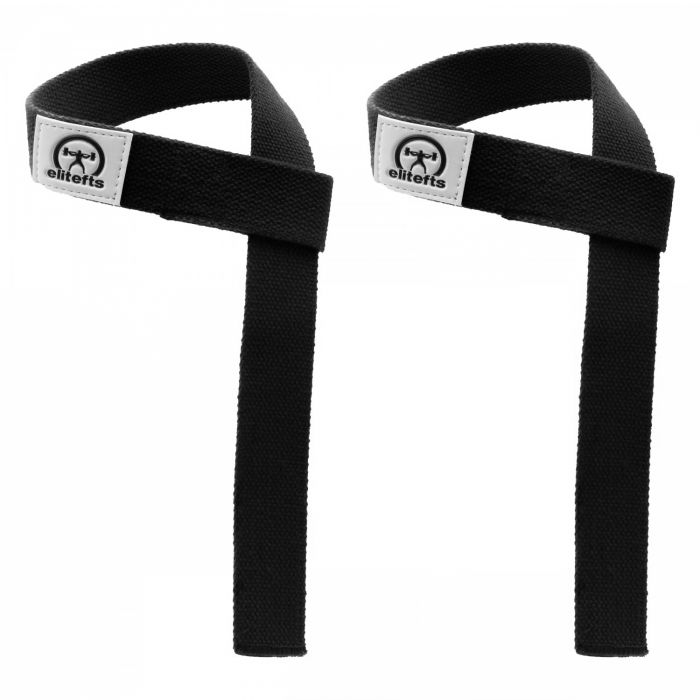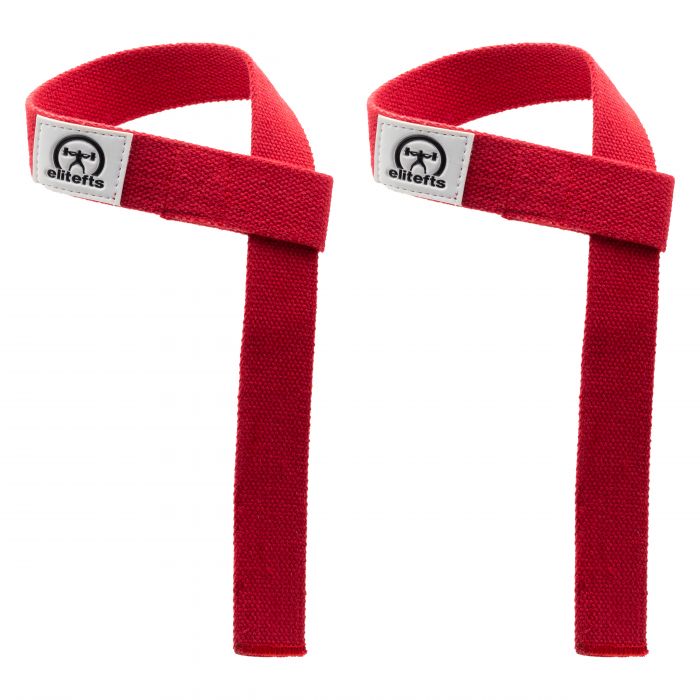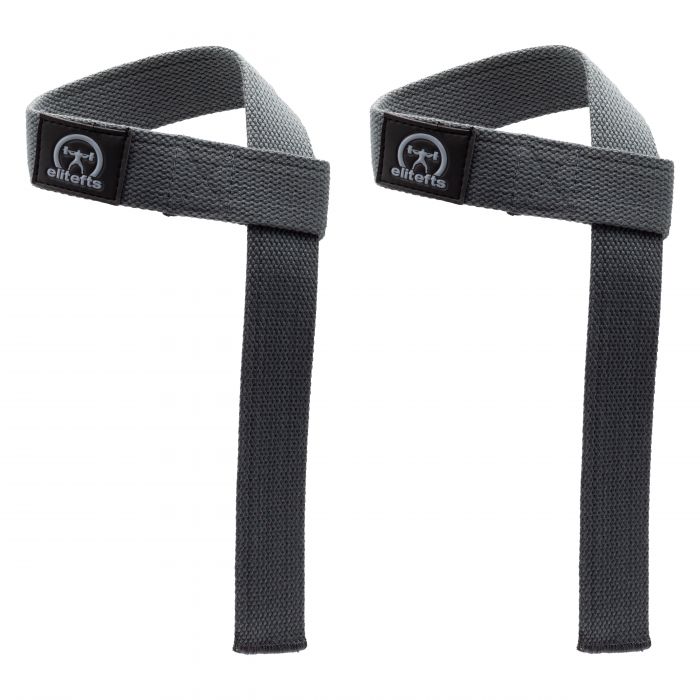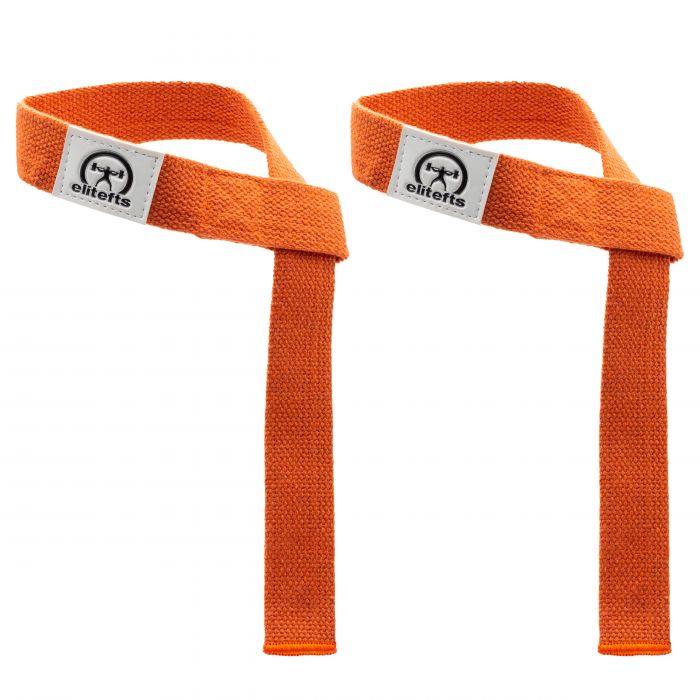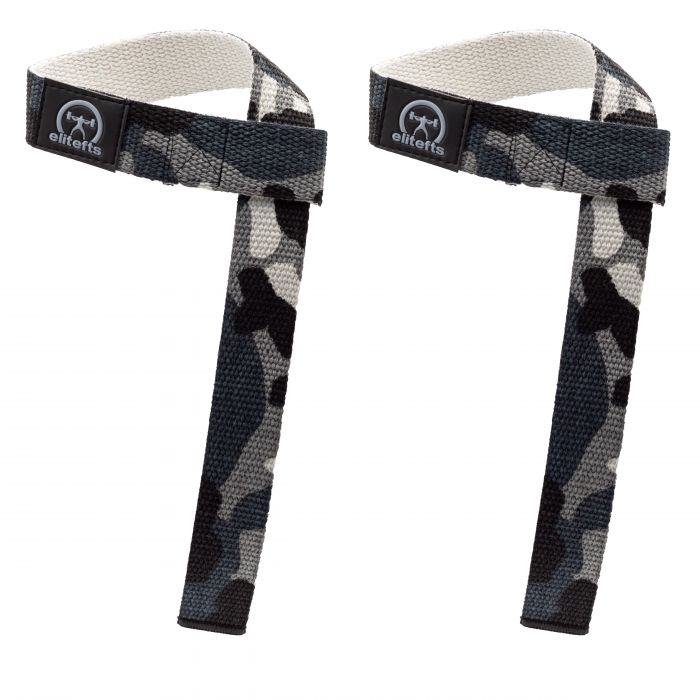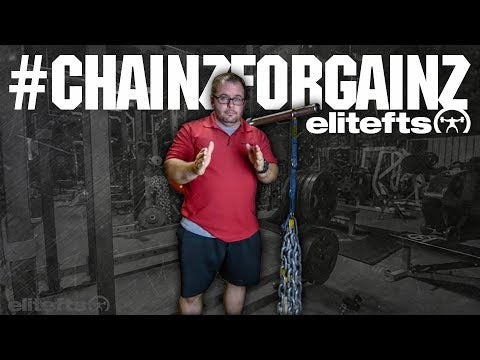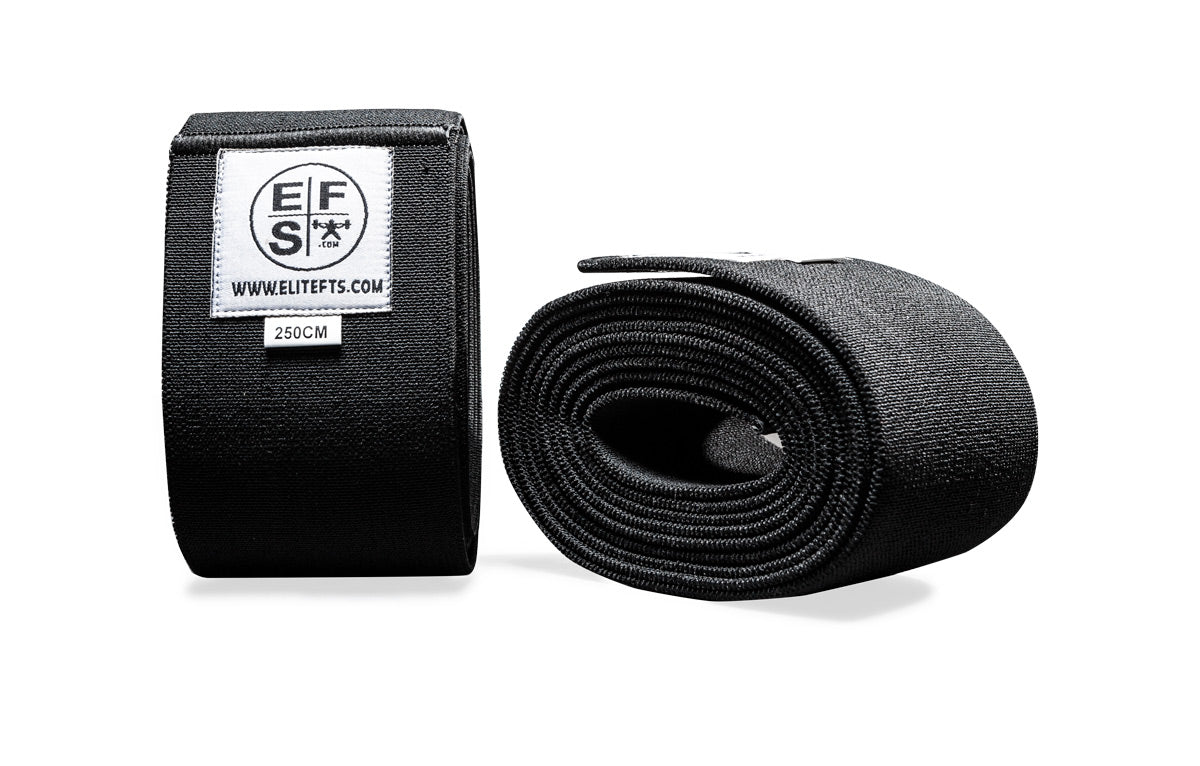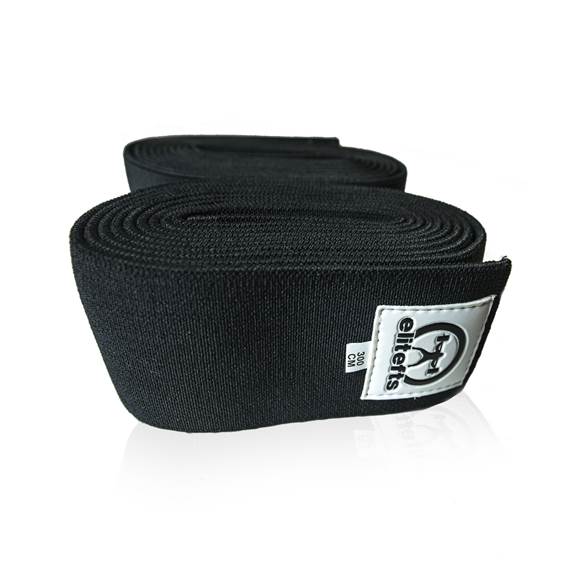The Fallacy
A fallacy permeates much of society at large, particularly bodybuilding culture. On the surface, the reasoning behind it appears sound. However, in application, a breakdown occurs. I know because I fell for the misconception. This is what it looked like for me personally…In 1998, I competed in my first NPC USA Bodybuilding Championship. That same year, Ronnie Coleman burst on to the scene to win eight consecutive Mr. Olympia titles. His “light weight baby!” phrase became synonymous with Big Ron, as he barked it out before deadlifting 800 pounds or cranking out reps with a multitude of 45s on a T-bar row. I remember watching videos of Ronnie late at night, wishing the gym was open so that I could go train. Thus, the fallacy crept in…if I just trained like Ronnie, I could build a back like his. Have you been there? It’s a fallacy though. You know that, right?
The Focus
Let me start by saying that Ronnie Coleman is from another planet. At his prime, his physique utterly shocked the world, making him nearly untouchable for close to a decade. Yes, his stage presence impressed but so did his training. Very few bodybuilders will ever possess the kind of physique that Ronnie exhibited, but coupled with the raw power displayed in the gym lands him in a whole different category of species. I learned the hard way watching Ronnie and striving to emulate him.You can’t hit a target without getting it in focus. Focus entails seeing the target clearly, including your own strengths and weaknesses. I wanted to improve my back for a bodybuilding stage, not a powerlifting platform. I wanted to create an illusion on stage, not impress dudes in the gym with how much weight I lifted. Burying my ego helped tremendously because moving weight without feeling it did nothing to accelerate my back hypertrophy. The following will detail the exercises which got my back development out of first gear.
The Favorites
Rows make up the foundation of my back training. A typical workout includes at least three variations. Isolation via unilateral movements allows you to feel the intended muscle that you’re training. Plenty of rowing exercises exist, but these constitute my favorites:5-4-3 row with bands: I picked up the 5-4-3 concept from Chad Waterbury. It creates a significant amount of time under tension. I found that the bands aid in the intensity of the contraction. This exercise forces you to focus on the muscle you're training, and for me, feeling equals growing.
Banded one-arm barbell rows: One-arm barbell rows are similar to a traditional dumbbell row, but I like the fixed angle and trajectory that the barbell creates. I found a way to attach an
elitefts™ Pro Short Mini Resistance Band to increase the intensity of the contraction.
Meadow rows: Yes, Meadow rows trace their origin to my coach of the past three years – John Meadows. While similar to the one-arm barbell row, it targets more of the upper/middle back, provided you keep your elbow perpendicular to your torso while rowing.
Banded chest supported rows: Due to years of lifting stupid weight (my term for weight that you don’t feel), I tend to suffer from lower back issues. However, this exercise includes the benefits of a bent over row but with chest support to prevent stress to the lower back. I prefer a wide pronated grip to work the upper/middle back. Once again,
elitefts™ bands aid the intensity of the contraction.
MAG seated pulley rows: T
he Maximum Advantage Grip (MAG) company makes a number of pulley attachments, but the close grip supinated is probably my favorite. Without any lifting straps needed, I’m able to really feel this exercise in my lower and outer lat area. The key is to feel the contraction, so don’t get overzealous with weight
Dante rows: I picked these up from Justin Harris but discovered that he learned them from Dante Trudel. I prefer to attach straps to eliminate the need to grip, thus the reason I’m using Flexsolate straps. While these appear similar to close grip pull-downs, they’re really quite different in execution. Unlike a pull-down, the Dante row allows you to round your back and focus on the contraction of the lats versus the spinal erectors at the fully contracted position. It also works the muscle through a very long range of motion, hence the reason I tend to add these later or at the end of a workout.
One-arm supinated pull-down: These are a staple in John Meadows' secondary workouts. They make for a great finishing exercise because, like the Dante rows, they allow for a pronounced stretch of the lat and work it through a long range of motion. Depending on the machine, I often sit sideways to allow for a pulling angle directly down. Sit back slightly, pronate the wrist at the top and supinate toward the bottom.
Pump-stretch pull-down finisher: Research indicates that hormonal benefits occur when a fully pumped muscle is placed under a loaded stretch. As such, this is a fantastic finisher once you’ve attained a massive back pump from previous exercises. The idea is to pump out 10–12 reps, stretch 30 seconds, pump out another 10–12 reps, stretch 30 seconds and then pump out a final 10–12 reps. Be sure to use lifting straps or your grip will never survive. One round of these is all you’ll need. I’ve found that intense stretching of a pumped muscle also aids recovery.
The Future
I’m not out to bash bodybuilders who devote a large portion of their back workouts to deadlifting or other max poundage type lifts. Training is somewhat individual and we all need to learn what works best for us. My hope is to spark new ideas and new growth for individuals like me who require a different approach to back training. Train hard, train smart and focus on feeling the muscles that you’re targeting for growth.




























































